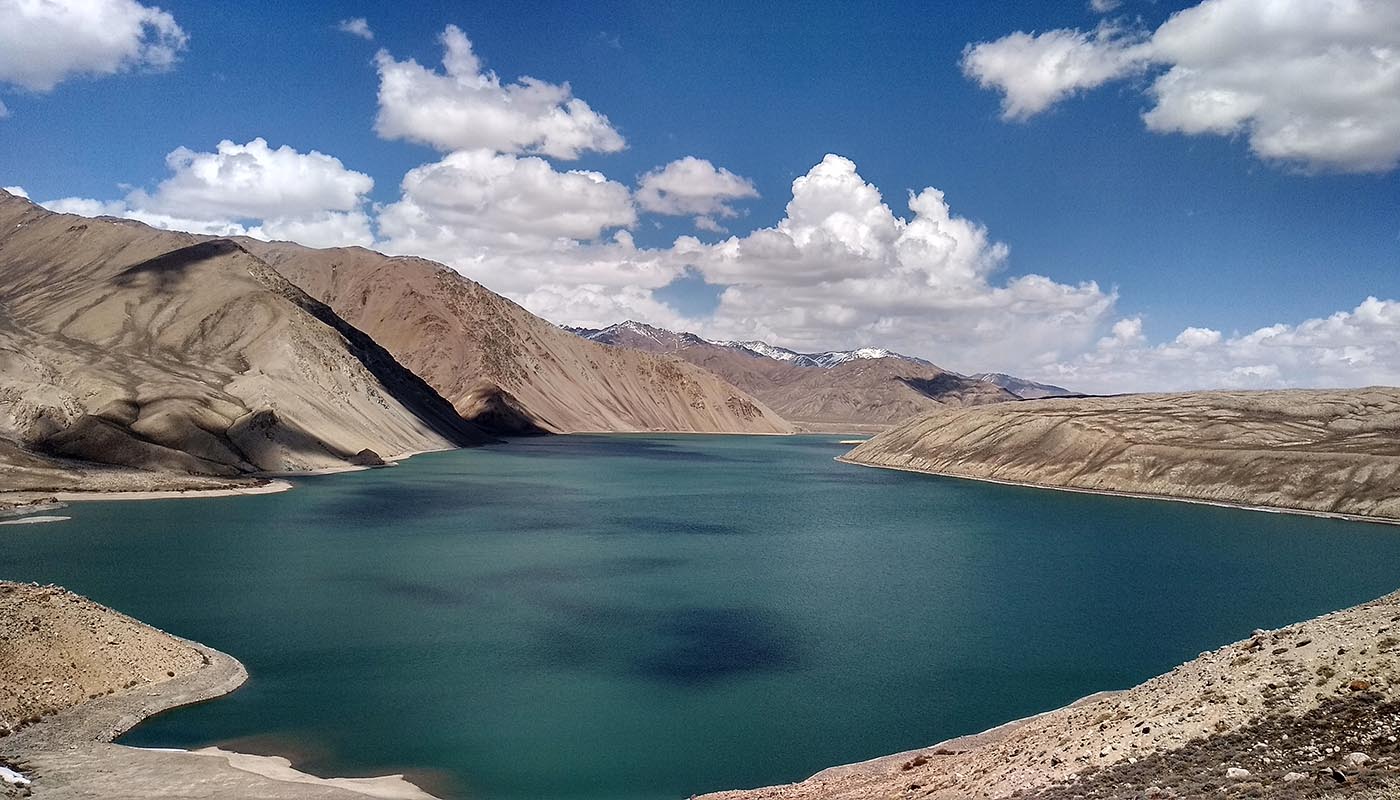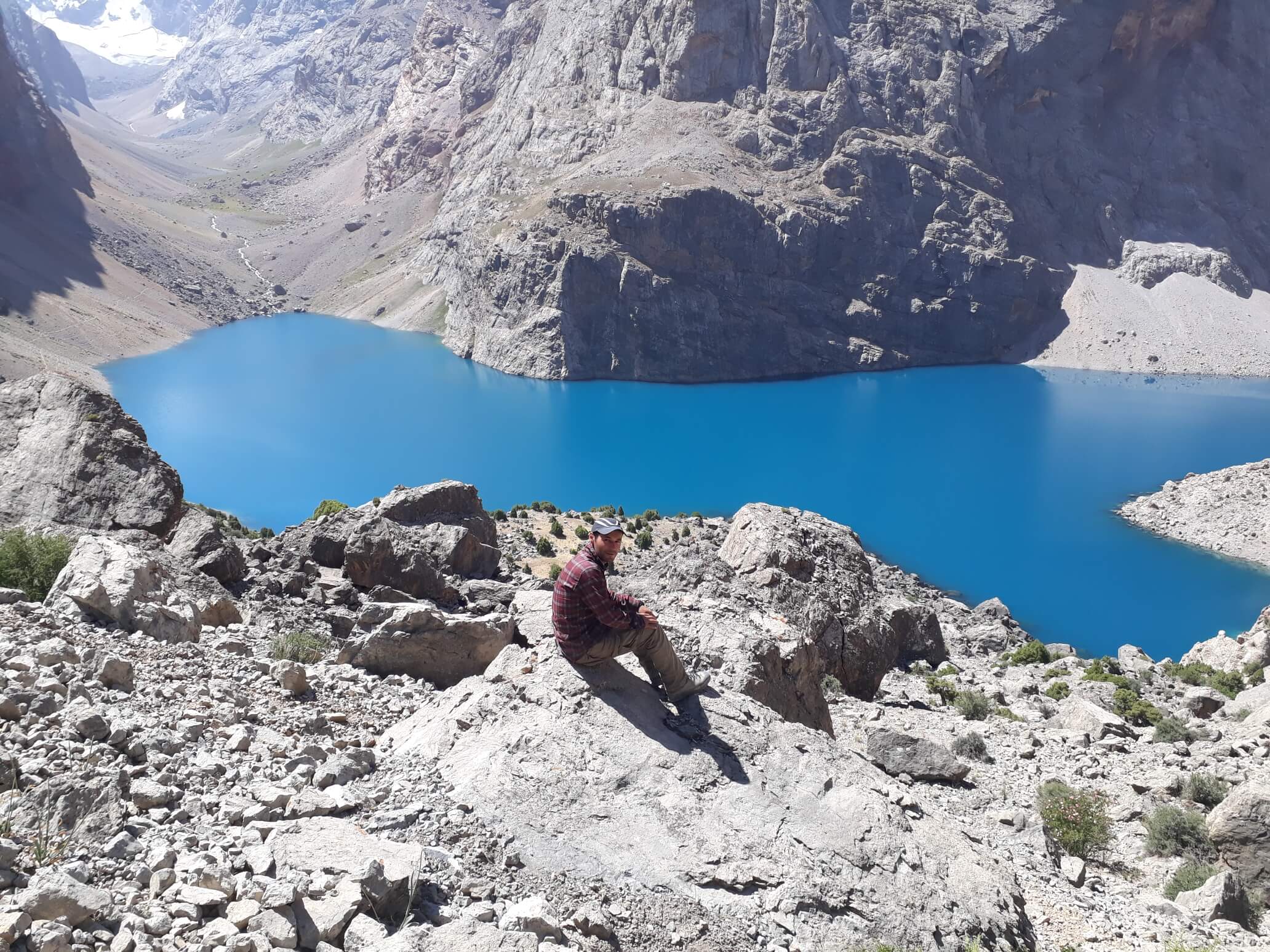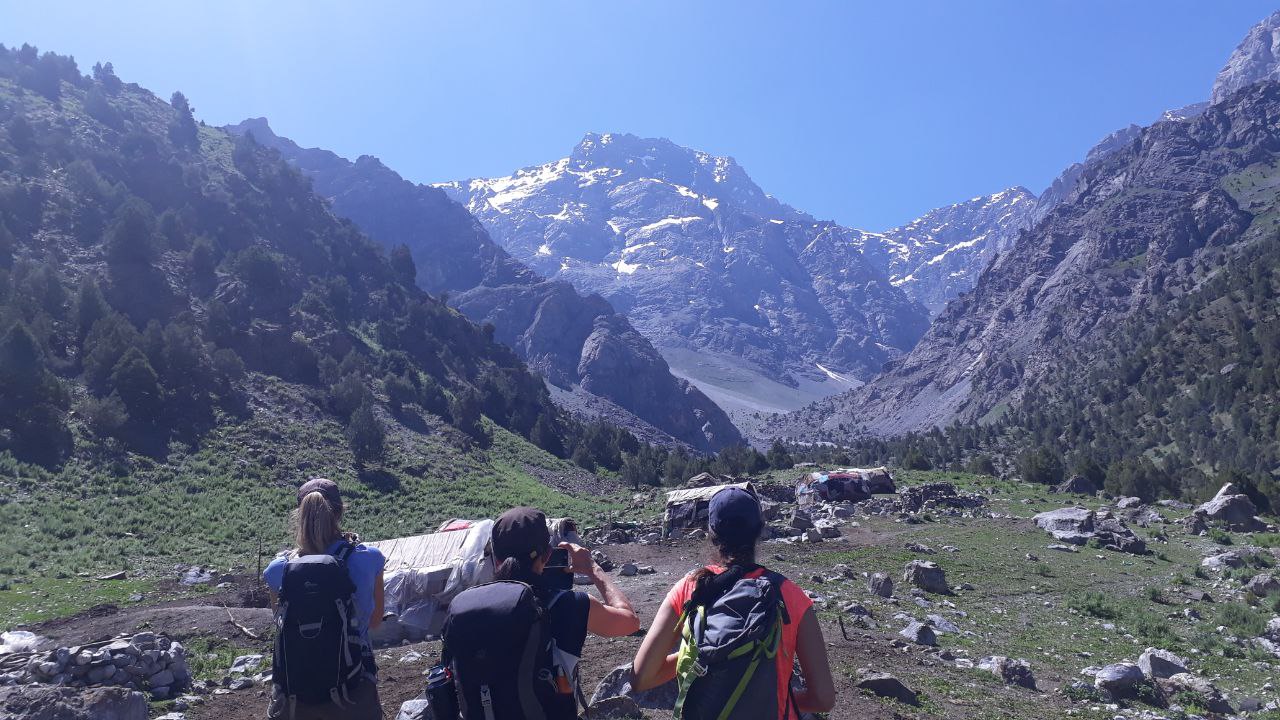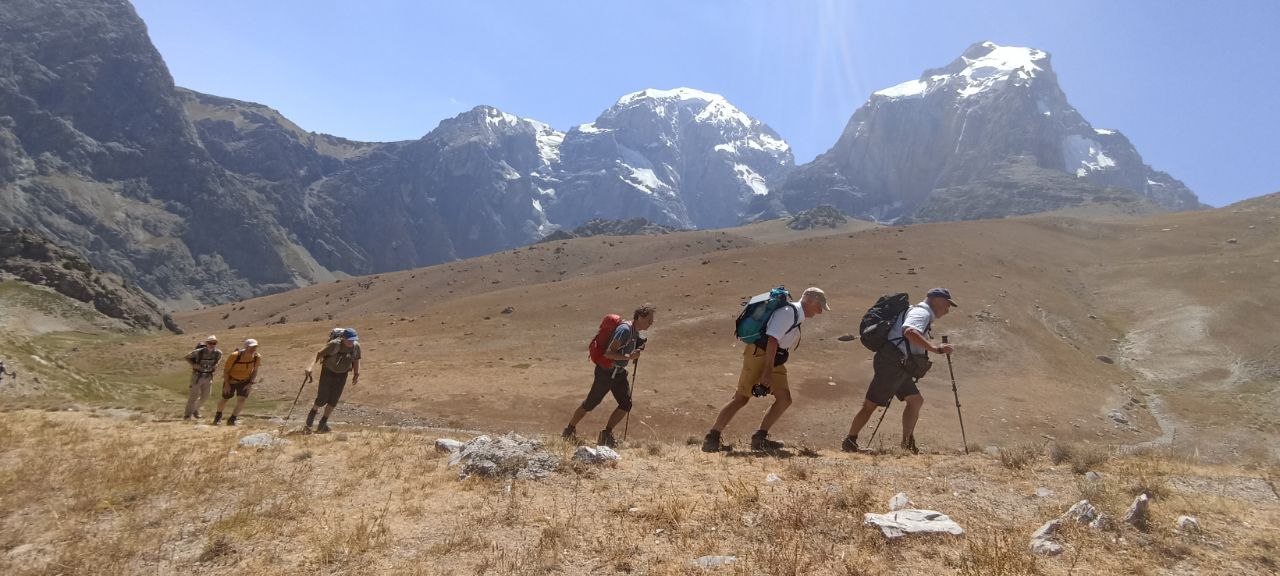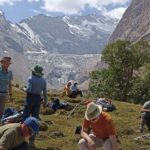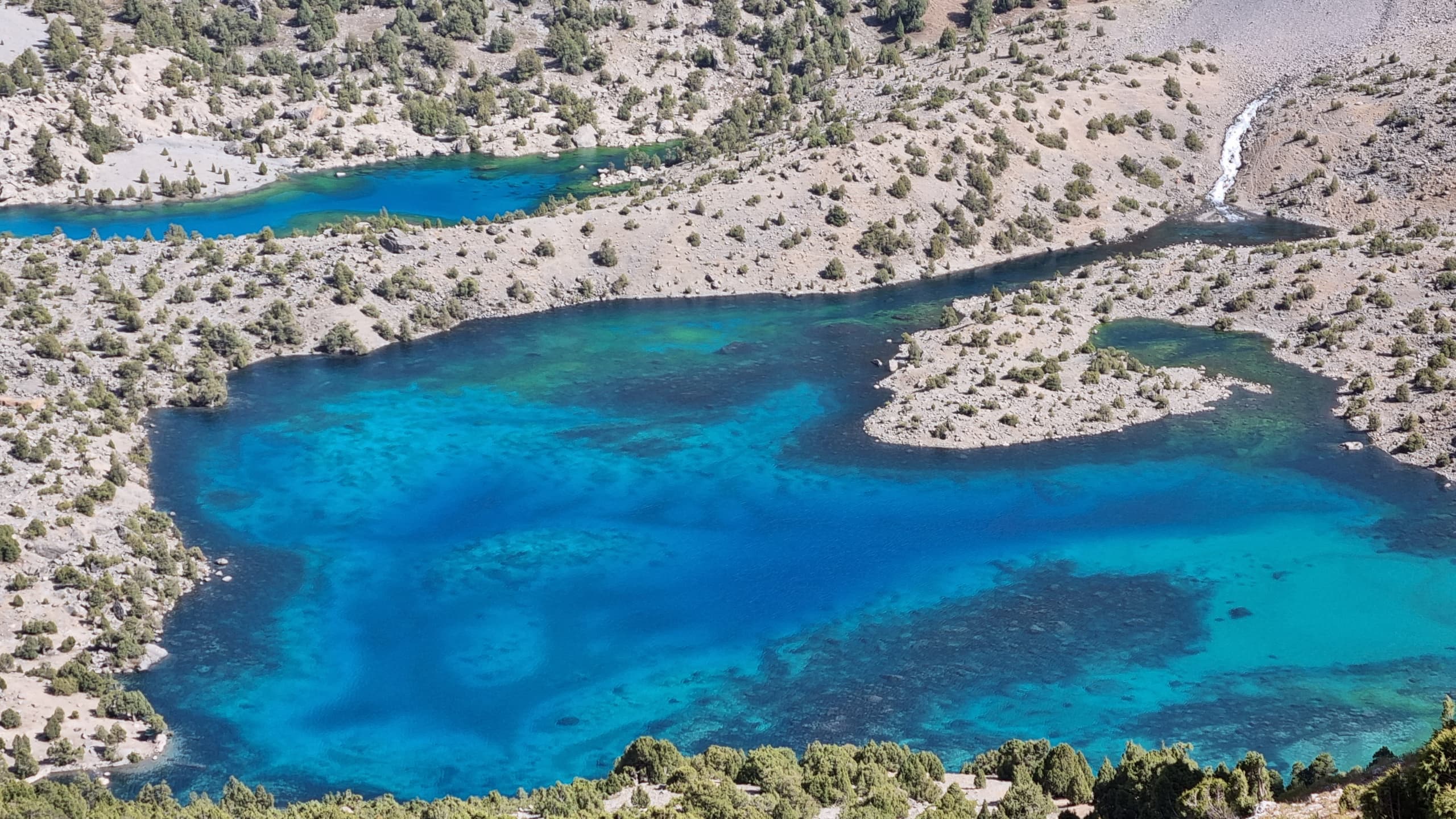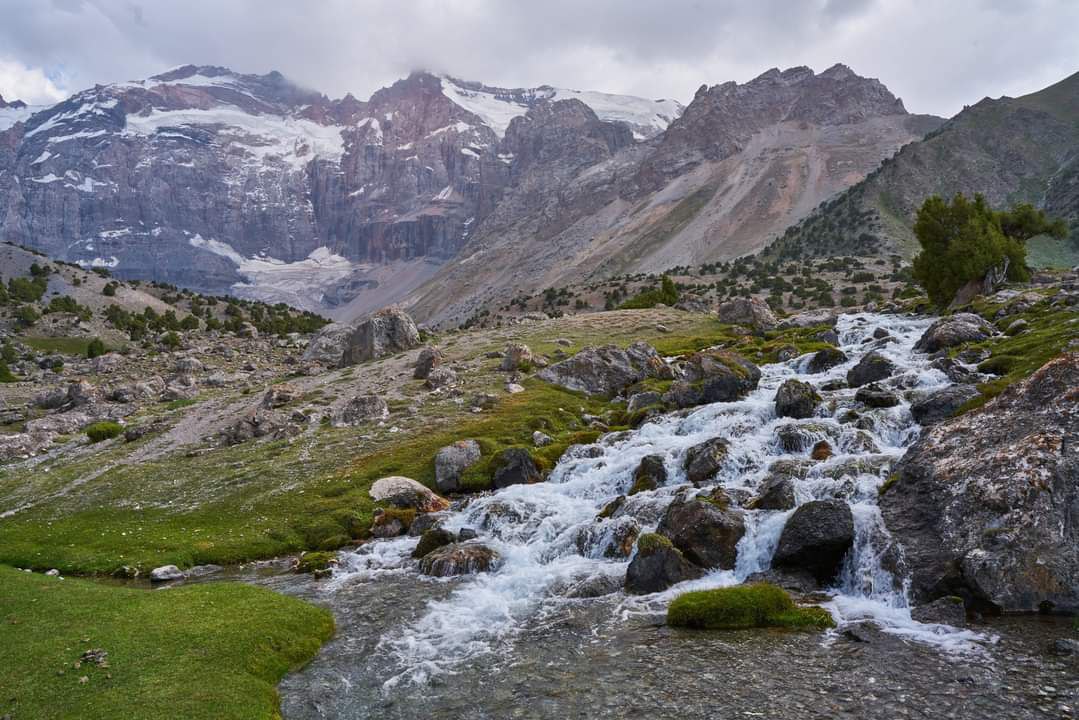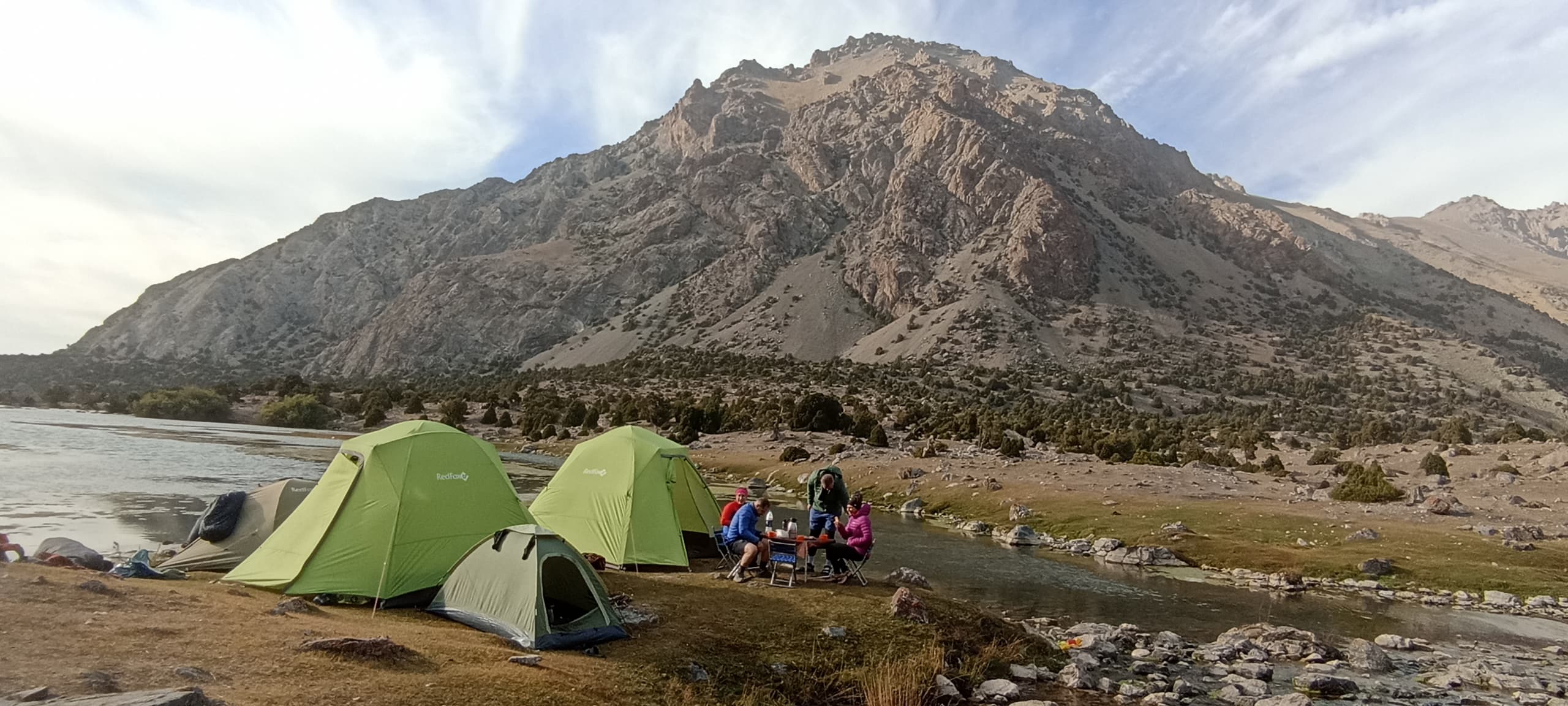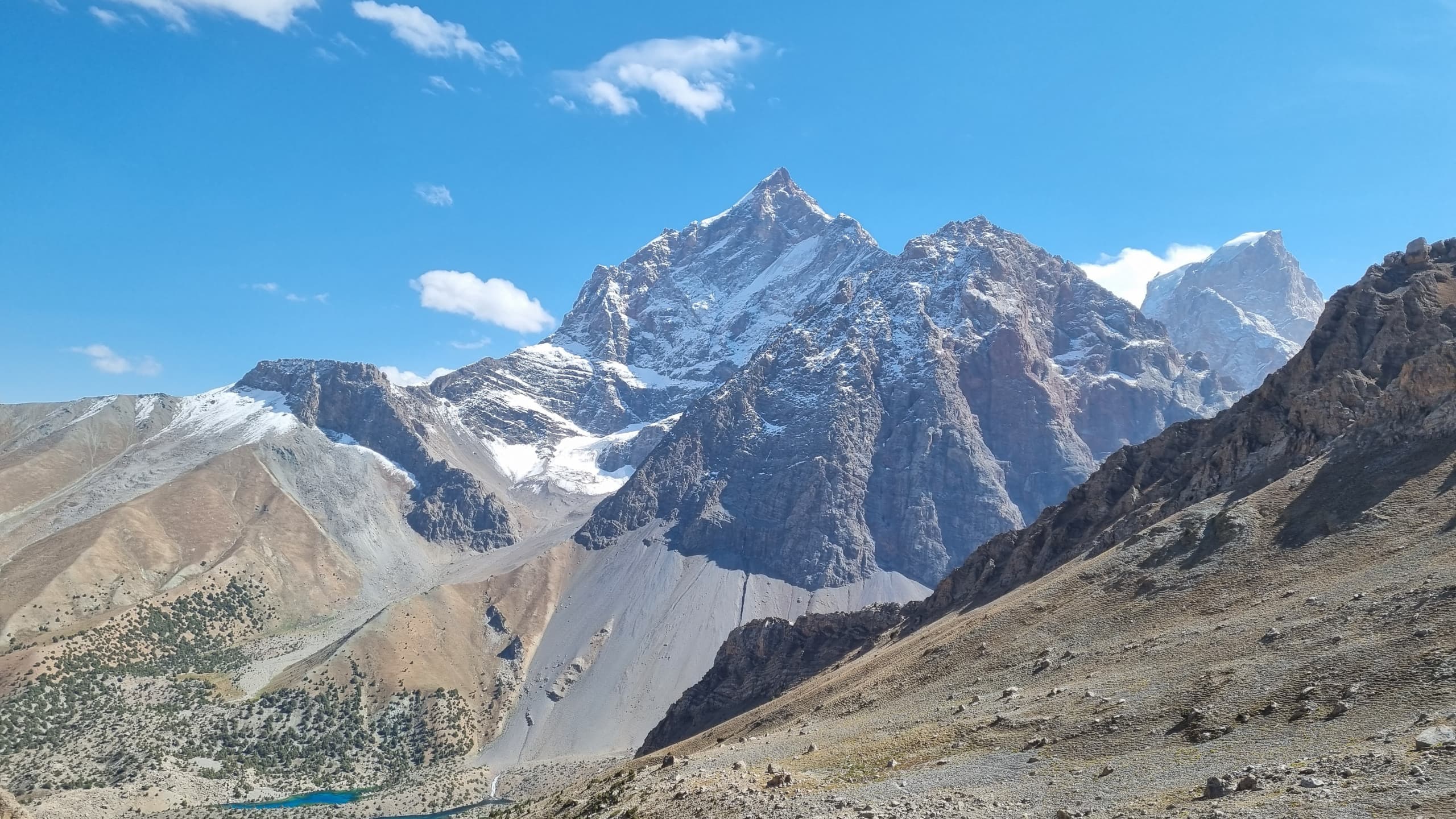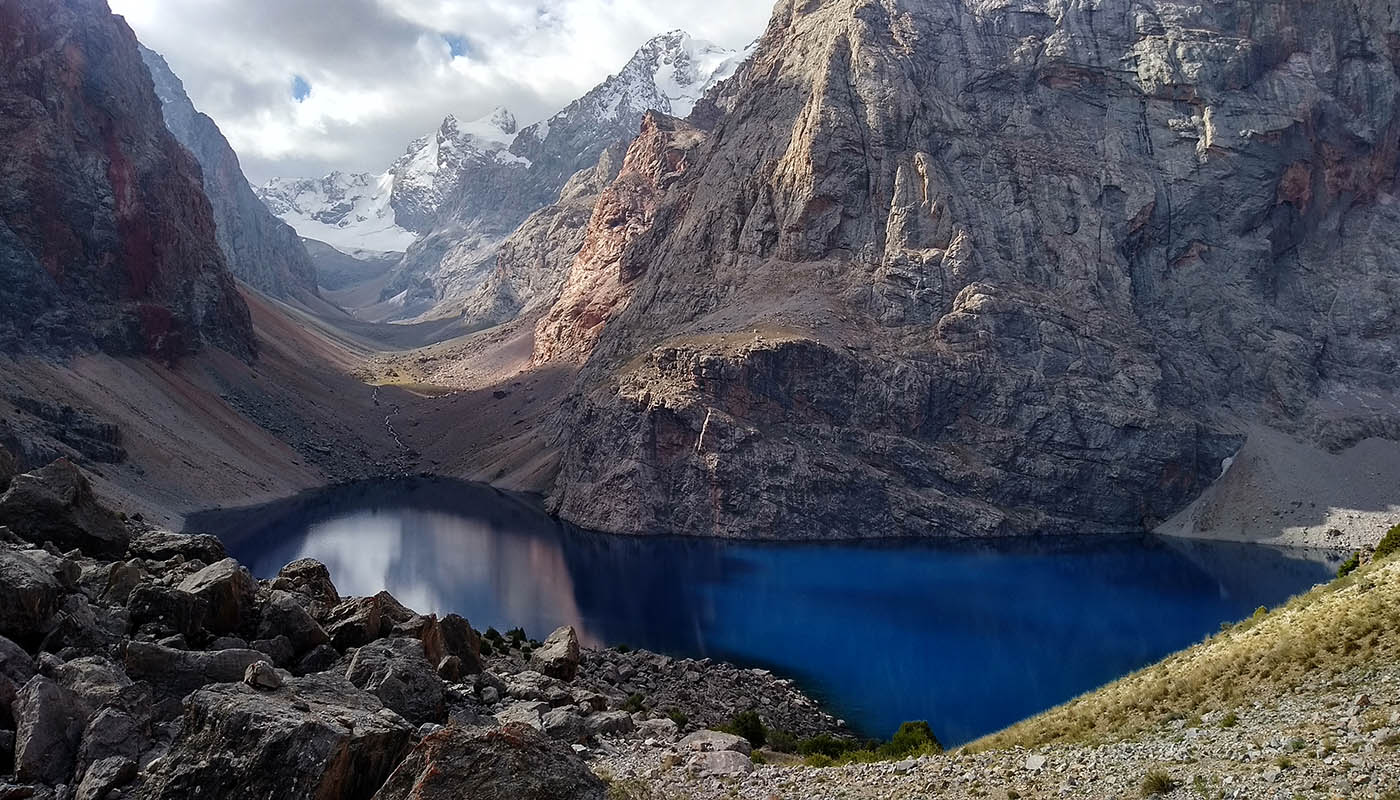Tajikistan
A LAND OF MAJESTIC MOUNTAINS AND RICH CULTURAL HERITAGE
Tajikistan
Tajikistan lies right in the heart of Asia and features some of the highest mountains on Earth. Finding its origin in ancient Persian cultures, Tajikistan gained its independence only three decades ago after the fall of the Soviet Union. With 90% of the country covered by mountains, it is a heaven for trekking and outdoor adepts. Through the years, the country has grown increasingly more accessible to tourists. For many though, it remains a largely unknown spot on the map of the world. If you are one of them, this overview is for you.
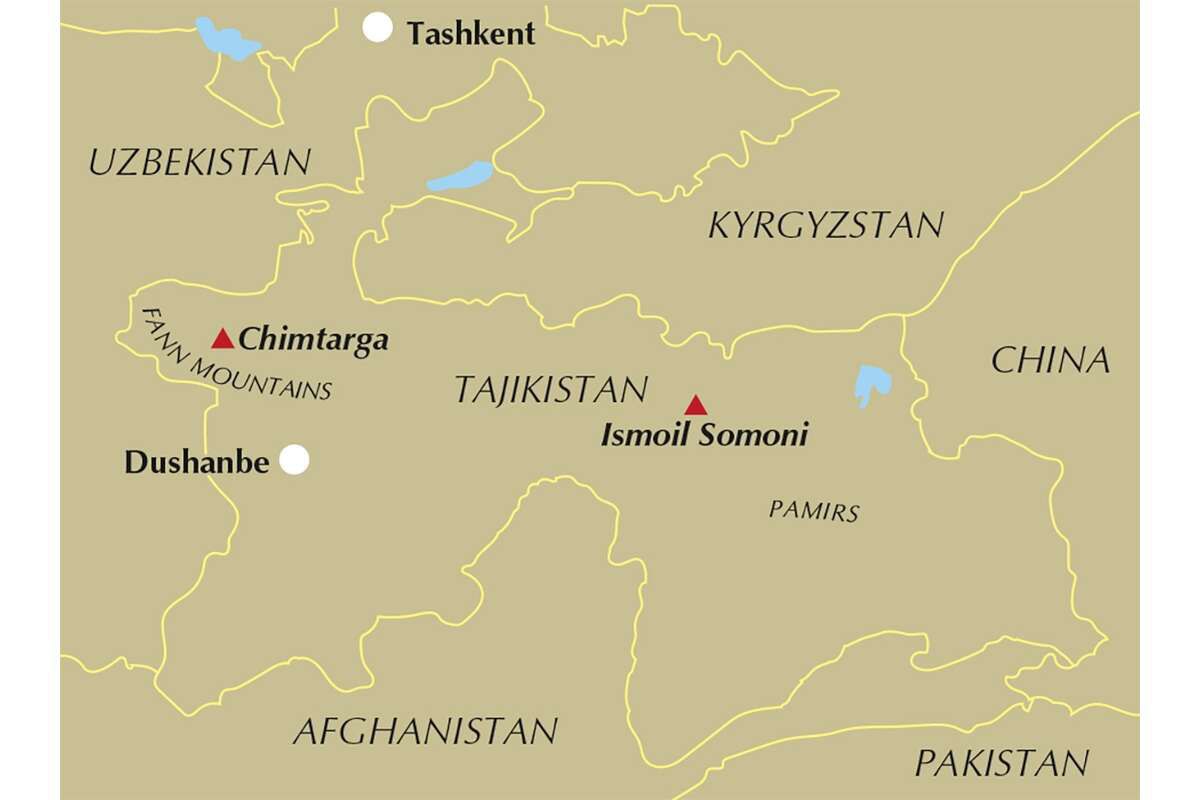
History of Tajikistan
Tajikistan’s rich history began with the Persian Samanid Dynasty (819-992), which established Bukhara as a cultural hub, nurturing talents like Avicenna and Rudaki. The region experienced invasions and transitions of power, including Turkish conquests, Mongol invasions, and dominance by the Russian Empire, culminating in the Anglo-Russian treaty of 1895 that established its modern borders.
In the 20th century, Tajikistan underwent significant turmoil, including incorporation into Soviet republics and the rise of nationalism. Following a civil war that lasted until 1997, the country declared independence in 1991, yet it has faced ongoing political and economic challenges.
Today, despite being among the poorest nations, Tajikistan has seen notable economic growth, albeit with persistent issues related to drug trafficking and instability. The legacy of its historical significance continues to shape its identity and future, reflecting a blend of cultural richness and contemporary struggles.
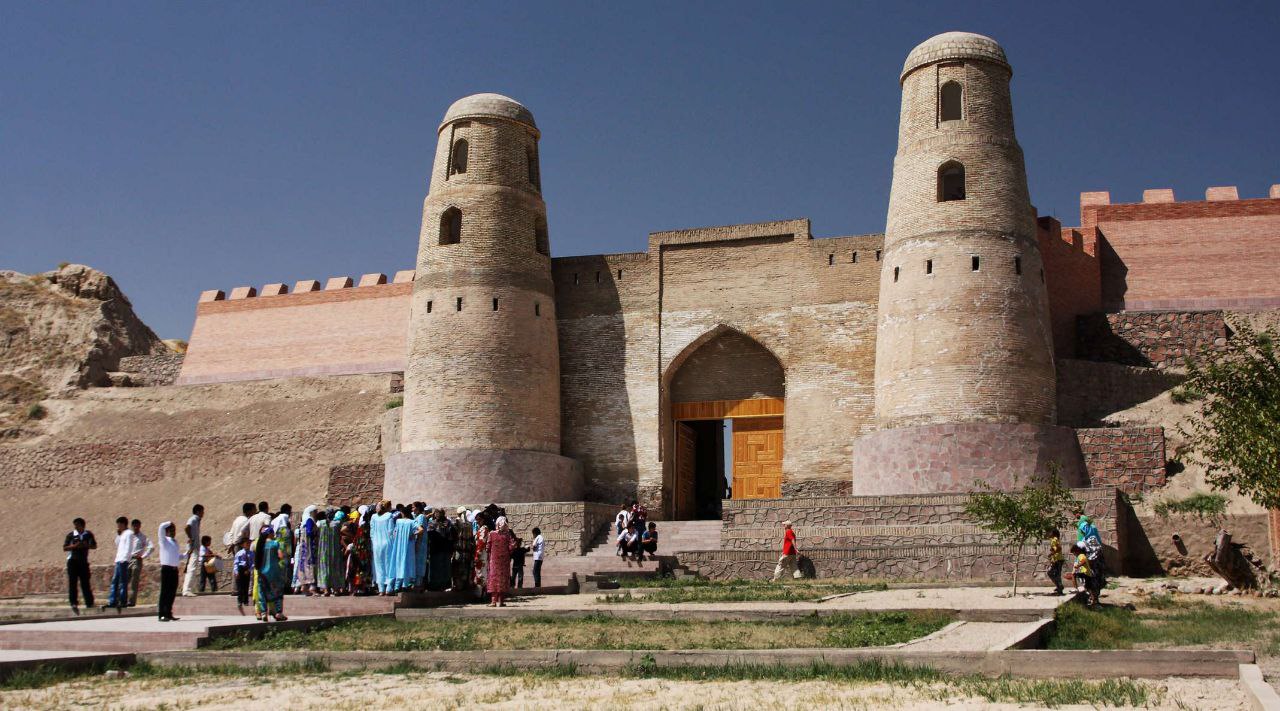
Geography of Tajikistan
Tajikistan is predominantly mountainous, with 93% of its terrain characterized by harsh winters and dry summers, primarily sitting above 3,000 meters in elevation. The eastern part, known as the Gorno-Badakhshan Autonomous Region, features the Pamir massif, home to high peaks like Ismail-Samani (7,495 m) and Lenin Peak (7,134 m). In contrast, the southwest includes the capital Dushanbe and the Vakhch and Kafirnigan valleys, leading to the Pyanj River, a tributory of the Amu Darya, which marks the border with Afghanistan.
The country’s mountainous terrain complicates transportation and contributes to its economic challenges, exacerbated by the civil war that began in 1992, hastening Tajikistan’s economic decline. The majority of the population, comprised of Tajiks—who speak a variant of Persian—are one of the few non-Turkic ethnic groups in Central Asia, with significant populations also in Afghanistan and Uzbekistan. Uzbeks make up about 23% of the population, primarily residing in urban areas and the Ferghana Valley. A significant decrease in the Russian population occurred in independence after and the civil war.
Sunni Islam is the predominant religion in Tajikistan, with the country experiencing stronger fundamentalist movements than other former Soviet Muslim republics. The majority of the population is concentrated in the southern agricultural regions of Kulyab and Kurgan-Tyube, where irrigation supports the cultivation of cotton, grains, fruits, and vegetables. The Nurek Dam, one of the highest globally, harnesses the region’s abundant hydroelectric potential.
Dushanbe has evolved since the 1930s from a local market to a city with a service sector, machine building, and textile industries. The giant aluminum smelter in Tursunzade, reliant on imports, has become unprofitable. The north is accessible via the isolated Zeravchan Valley, leading to Khojent, a key agro-industrial center focused on textiles, including silk and cotton. Meanwhile, Upper Badakhshan, bordering China and Afghanistan, remains sparsely populated and significant for smuggling routes, with its harsh climate hindering regional development.
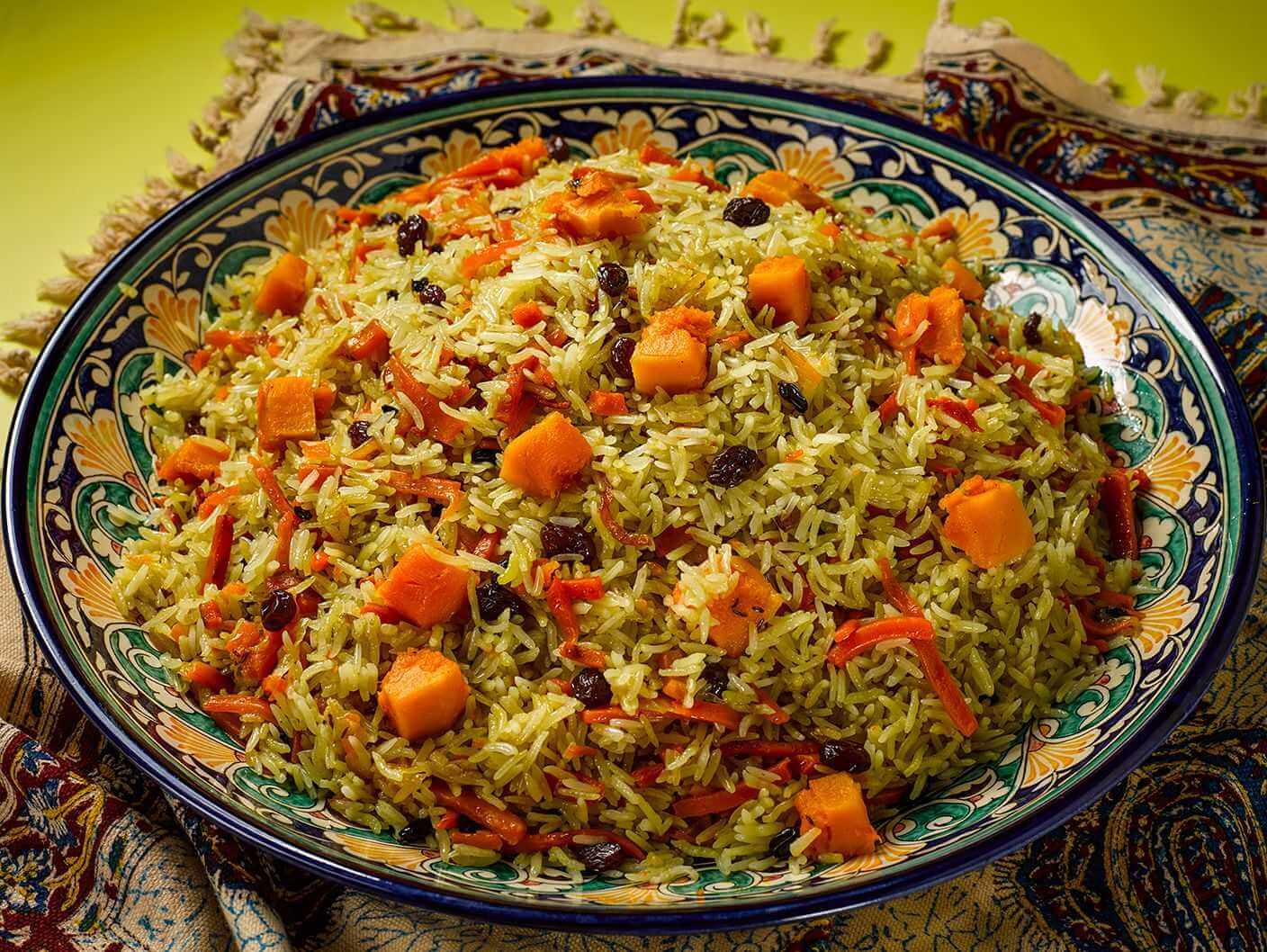
How to enter Tajikistan?
Entering Tajikistan for tourists became very easy upon the introduction of the e-Visa in 2016. Citizens of most countries can easily apply for a tourist visa online before departure. The cost for the e-Visa is $30 per person. The visa is usually issued within several days after online submission of the request and can then be printed. Access to the Gorno-Badakhshan Autonomous Oblast (GBAO) – home to the Pamirs – requires an additional permit, which can be purchased simultaneously during the e-Visa process at an additional $20. The GBAO permit is required for every trek in the Pamir Mountains.
Beyond the e-Visa, no further permits or documentation are required before traveling to Tajikistan. More detailed information on getting a visa can be found here.
Attention! In conjunction with the COVID-19 pandemic, it is currently required for everyone entering Tajikistan from abroad to bring a negative PCR-test no older than 72 hours.
Tajikistan has a land climate with hot summers and cold winters. The trekking season is in summer and runs from May to September when temperatures are most pleasant. In the mountains, daytime temperatures are usually around 20 to 25˚C in summer. In the lower regions (including Dushanbe), it can be extremely hot (> 40˚C) in summer with pleasant temperatures at night.
Trekking in most of Tajikistan is not possible all year round. Outside the main season, the conditions can be icy cold in the high mountains with trails covered by lots of snow. For the highest hiking routes in the Pamir Mountains (> 4000 m), snow may complicate trekking all the way until the end of June.
The amount of precipitation in Tajikistan varies throughout the year. During summer and early autumn, there is almost no rainfall at all. Precipitation is more frequent the rest of the year with rainfall amounts being highest in early spring. Good rainwear is a must when you go trekking outside the main trekking season in summer, especially in the mountains north of Dushanbe, including the Fann Mountains and the Zerafshan Range. The Pamir Mountains are more arid with relatively low rainfall throughout the entire year.
Tajikistan uses the Tajik Somoni (SOM) as currency. US dollars or euro are also sometimes accepted, but are not an official currency. 10 somoni equals to about 1 dollar. It can be difficult to withdraw money from ATMs with foreign credit and debit cards. Especially foreign debit cards are hardly accepted. Credit cards usually do work after some trying here and there. It can be recommended to bring cash dollars or euros for exchange. There are many banks where dollars and euros can be exchanged.
Tajikistan is a relatively cheap country. Here are some price indications:
Main dish in restaurant: 2-4 USD
0.5L of beer in a bar: 1 USD
0.5L bottle of coke: 0.5 USD
15 min taxi drive: 2-3 USD
Bargaining is common in Tajikistan on the bazaars or when dealing with drivers. Most shops, bars and restaurants are open seven days a week. Precise opening times vary.
Public transport is limited in Tajikistan. Dushanbe has a bus network that you can use to move around the city. There are also mashrutkas (smaller vans) and clandestine cars that operate fixed lines within the city. Taxis are relatively cheap. A taxi ride within Dushanbe usually costs less than 2 USD.
For regional travel, for example when going into the mountains, there are no public transport options. For this, the Tajiks mostly make use of shared cars. Each destination has its own gathering place in Dushanbe with cars departing as soon as they fill up. These gathering places are not well indicated, which can make it difficult to find out where to go precisely. Car rental options are scarce and tend to be expensive, even by western standards. In most cases, it is easier to rent a personal driver with car.
When traveling in summer, you mostly need light clothing to cope with the high temperatures. Only at night in the mountains, you need warm clothes as the can temperature drop sharply once the sun goes down.
There are no restrictions as to what you can wear on the street in Tajikistan. For example, even though Tajikistan is an islamic country, women are not required to wear head coverings. Although you can wear whatever you want, it is good to remind that Tajikistan is quite a conservative country. Especially in the mountain villages, it is considered inappropriate to wear clothes that are too short. It is good to keep this in mind, as people are usually too polite to say anything about it.
For nationals of countries most, a tourist visa can be acquired fully online through evisa.tj. Alternatively, a visa-on-arrival is also available for most travelers. Passport holders of most countries of the former SSSR can travel to Tajikistan without a visa. Check out the visa info page for more detailed info on the process.
The supply voltage in Tajikistan is 220V. Two plug types (C and F) are used throughout Tajikistan. Both these types have two round pins. These plugs are the ones that are also used in most of Europe and the rest of the former SSSR countries. It is necessary to bring a travel adapter if you use plugs with three pins or plugs that do not have the two round pins. Short power failures may occasionally occur in Tajikistan.
A local SIM card typically costs around 10 USD and can be acquired upon showing your passport. This usually takes 5 to 10 minutes. In the larger cities, there are many telecom shops selling SIM cards. Among the biggest providers are MegaFon and Tcell. There is no coverage in the remote parts of the mountains.
Wi-Fi is available in most hotels, although the speed may not always be optimal. Homestays in the mountains usually do not have Wi-Fi.
Tajik cuisine has much in common with the other countries in Central Asia. The staple foods are rice, bread, meat and dairy products. The Tajiks adore meat, which can make life hard if you are a vegetarian. The menu includes dishes such as plov, shurbo and laghman. Check out this page for some of the most typical Tajik dishes.
Tea occupies an important place in Tajik culture. Every meal or social gathering is usually accompanied by tea. So be prepared to drink a lot of tea when you visit Tajikistan.
Alcoholic drinks are widely available throughout the country, mainly owing to the former Soviet influences. Drinking alcohol is not extremely important in Tajik culture, but it is widely accepted. There are even local beers and wines. So no worries for those who like to go out, there are plenty of bars and clubs where you can have a drink.
Tajikistan is safe for tourists. Even at night time, it is safe to walk on the streets. It is very rare for tourists to be the target of robberies. There are generally only minor risks in Tajikistan as there are for traveling in almost any country in the world (pickpocketing, etc.).
The hospitals and healthcare system are not among the best in the world. Always make sure you are properly insured.
Before departure, always check up-to-date travel advice for Tajikistan at the Ministry of Foreign Affairs in your country.
Featured Treks
Not sure which trek to choose?
Let us know about your wishes to design a tailor-made trip

